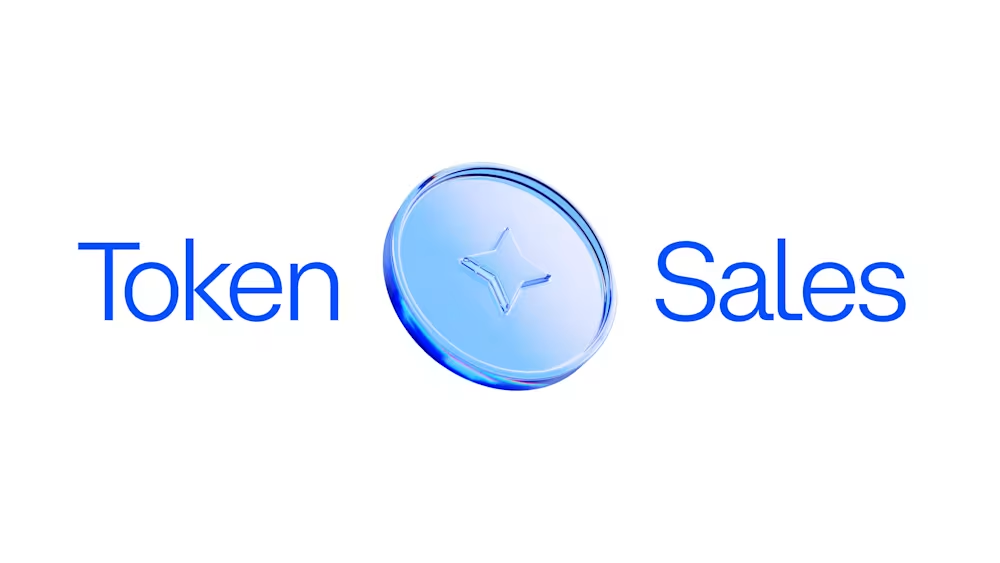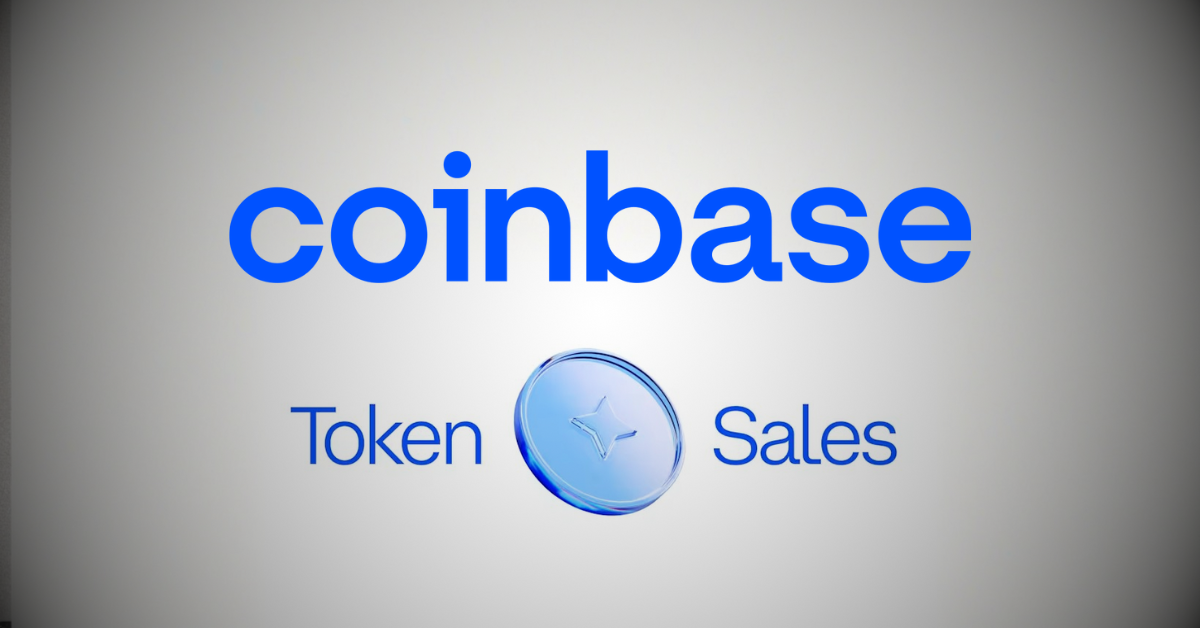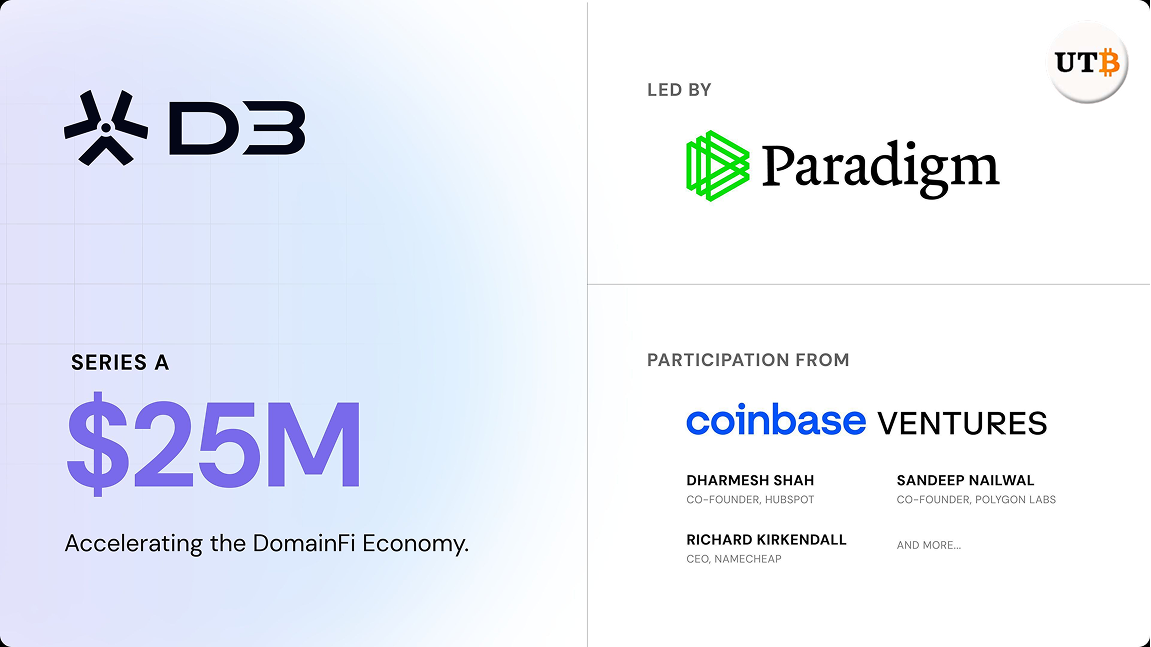Key Takeaways
- Coinbase has launched a new platform for primary token offerings, granting U.S. retail investors access to regulated initial token sales for the first time since 2018.
- The first sale, featuring the Monad blockchain protocol, will run from November 17–22, with purchases settled in USDC.
- The platform employs a fair distribution algorithm that favors smaller buyers and penalizes users who quickly dump tokens, and imposes a six-month lockup on founders/affiliates.
Coinbase Reopens the Door for Regulated Token Offerings
American retail investors have been shut out of primary token sales ever since the wild west days of the 2017–2018 ICO crash. But get ready: Coinbase is blowing the doors open with a new, regulated platform for initial token offerings! This means verified retail investors finally have a compliant way to get in on the ground floor, which is a giant leap for U.S. crypto access. The exchange is kicking things off with one sale per month, starting with the heavily hyped Monad blockchain protocol, which runs from November 17–22.

The best part? This isn’t the old ICO mess. Coinbase designed the platform to crush the old problems of speculative dumping and unfair grabs. Users get a full week to submit their purchase request, and the allocation algorithm is built for fairness: it fills the smallest orders first, then gradually moves up to the big ones, ensuring the community gets a piece of the pie.
They’re also cracking down on flippers: anyone who rapidly sells their tokens will get smaller allocations in future sales. To join the action, you just need a verified Coinbase account, meet the compliance rules, and use USDC for your purchase.
Mitigating Risk: Lockups and Issuer Fees
To make sure issuers are committed to the long haul, Coinbase is setting down strict rules for any project that wants to launch. Founders and their partners are hit with a mandatory six-month lockup. They absolutely cannot sell tokens on the open market (or OTC) unless Coinbase gives the green light and publicly announces it. This rule is a direct antidote to the “rug pulls” and insider dumping that destroyed trust during the wild, old ICO days.
Here’s the deal for the public: participation is totally free, emphasizing fair access. For the issuers, it’s a bit different: they’ll pay a fee based on the USDC they raise, plus standard listing costs.
This structure is intended to attract only the most legitimate projects, the kind that want to be scrutinized by a regulated platform. Remember why this is necessary: the ICO market imploded after the SEC started asking hard questions (using the Howey test), and investors lost fortunes. Back in 2018, Ernst & Young found that a devastating 86% of tokens were trading underwater compared to their launch prices.
Final Thoughts
The launch of Coinbase’s new platform, kicking off with Monad, is a massive step: they’ve officially brought retail back into primary token sales, but this time, it’s legit and regulated. By making fair allocation a priority, forcing founders to lock up their tokens, and slapping speculators with penalties, Coinbase is essentially trying to wipe the slate clean, creating a smarter, more sustainable capital-raising model that learns from the messy failures of the first ICO wave.
Frequently Asked Questions
Which project is the first to launch on the platform?
The Monad blockchain protocol will be the first to launch its native token on the new Coinbase platform.
How does the token allocation algorithm work?
It favors smaller buyers first and gradually fills larger orders to promote broad, fair distribution.
What is the lockup period for project founders?
Founders and affiliates face a mandatory six-month lockup period on their tokens before selling on secondary markets.






